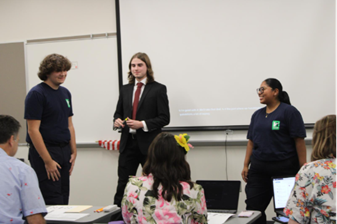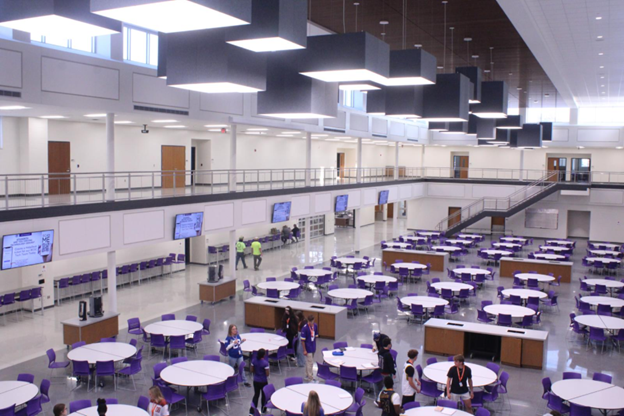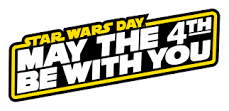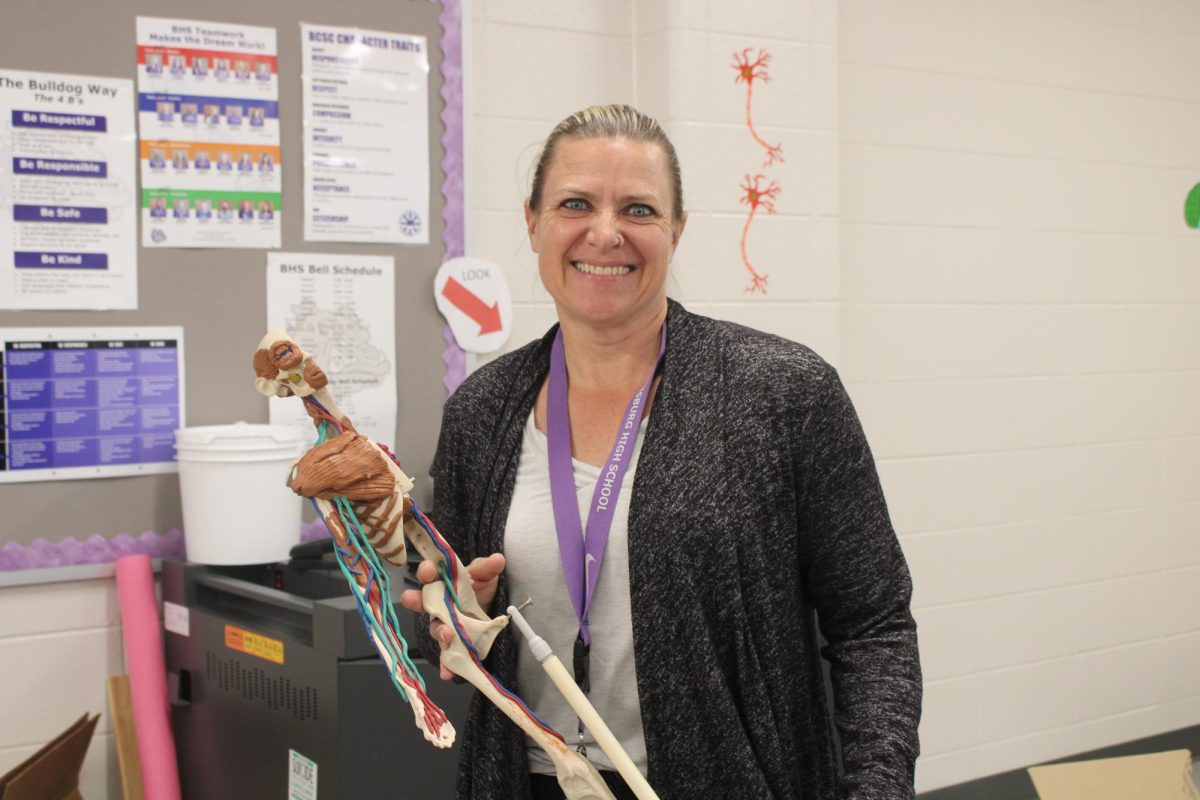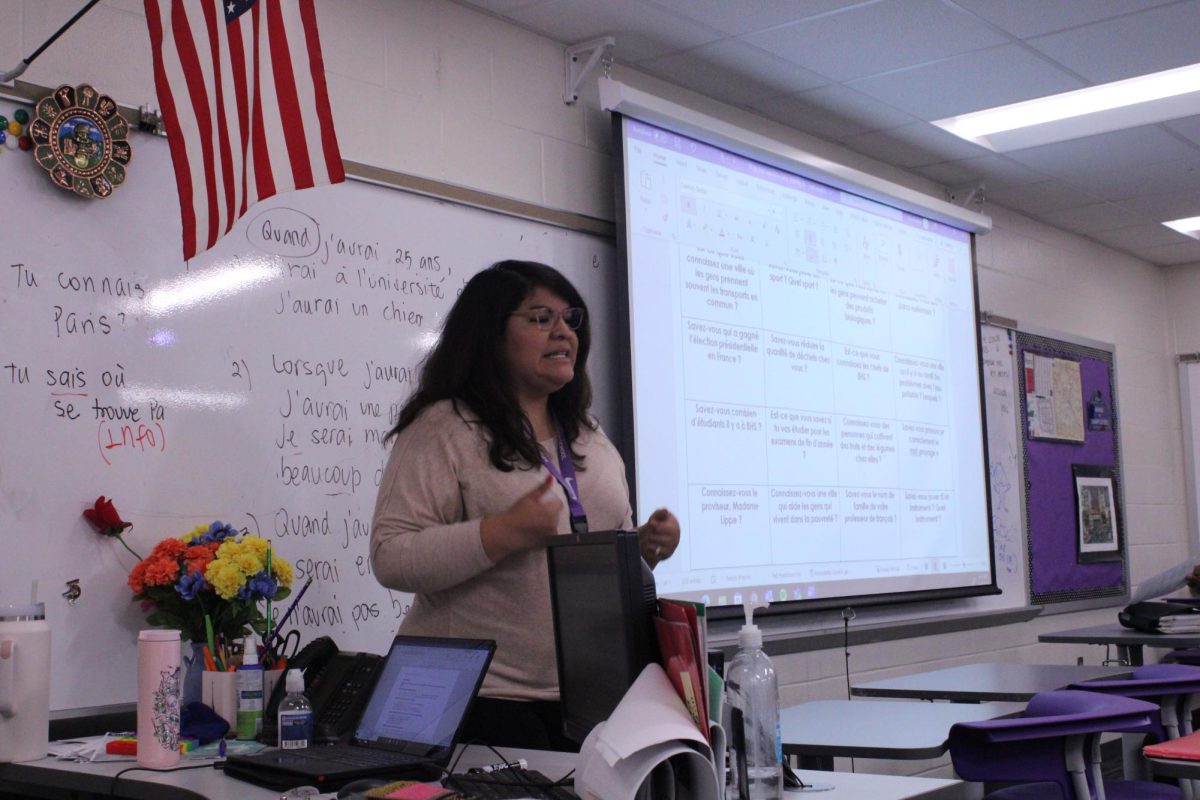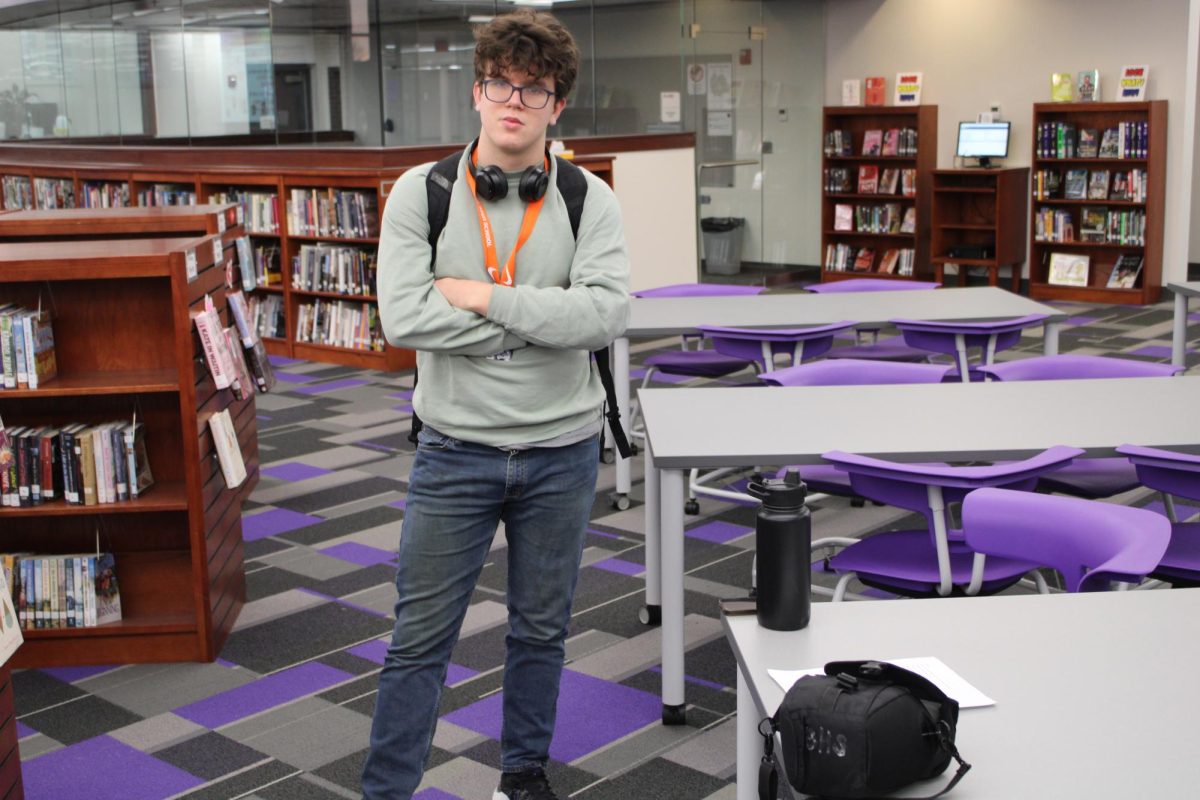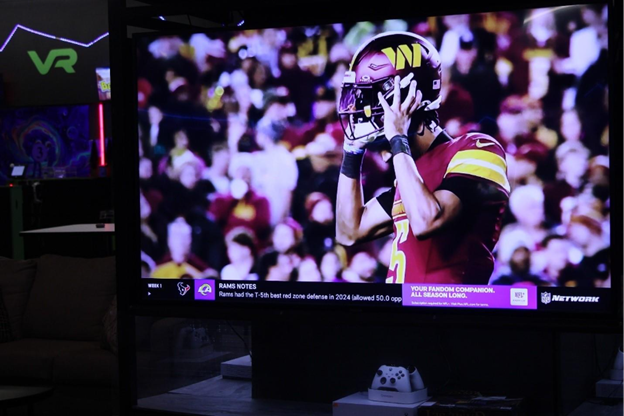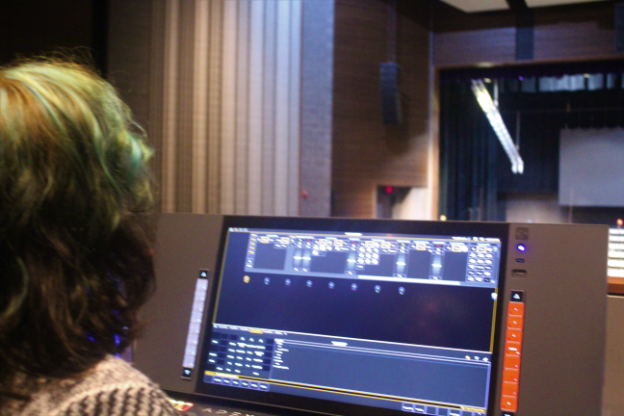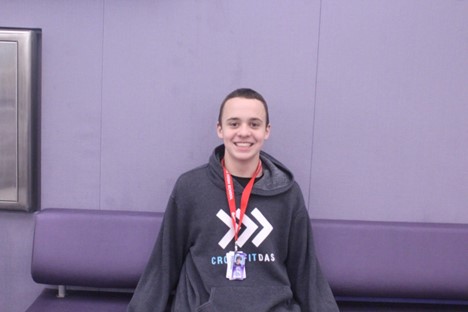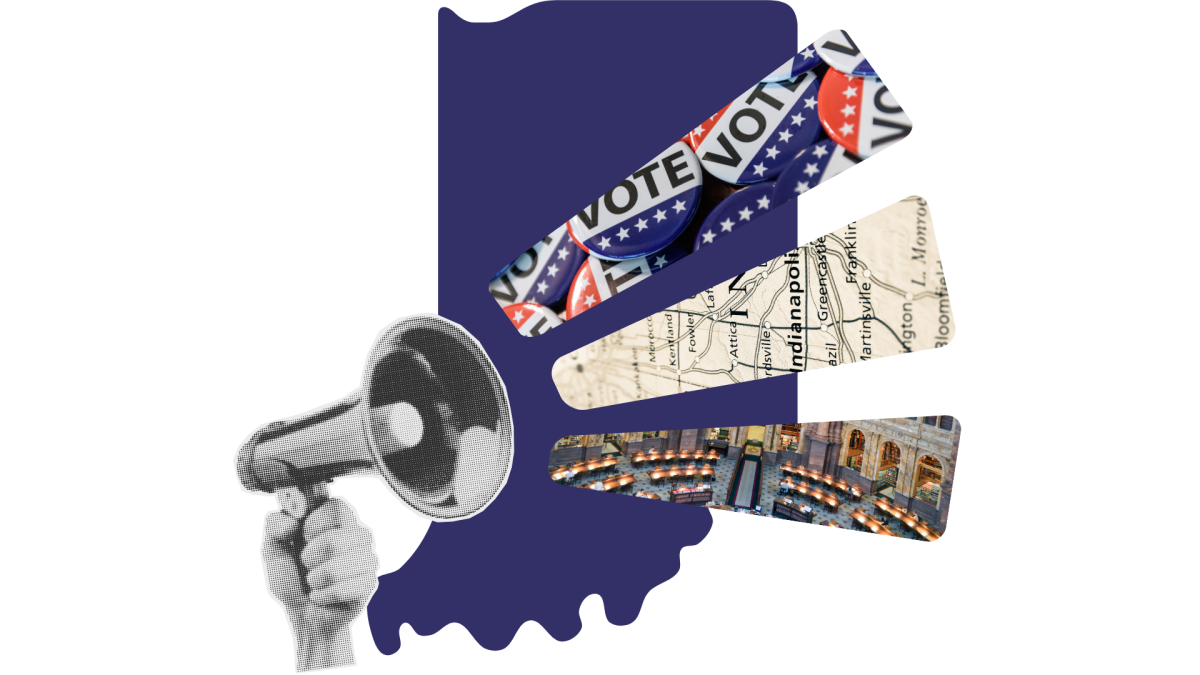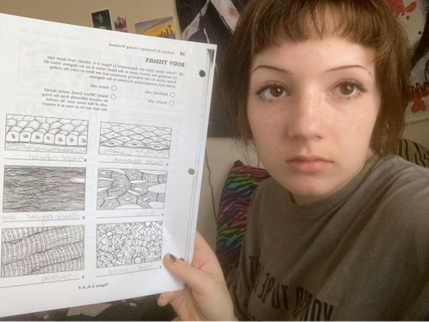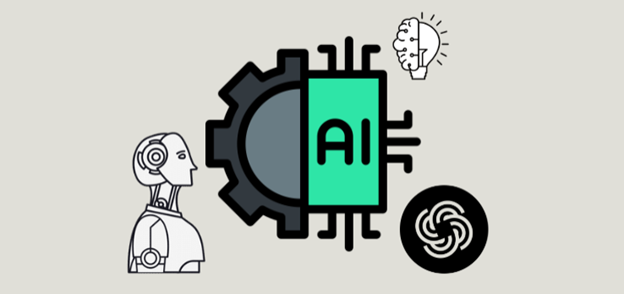With this new age of technology, there has been an increase in the use of Artificial Intelligence (AI) in all spheres of life. From the education sector to the health sector, there has been more use of AI. Schools shouldn’t limit AI use in classes and instead should teach ethical ways to use the technology.
Artificial Intelligence is “basically training computers to think for themselves, to make decisions and analyze information, so that then they can produce new information from that and make decisions from that,” AP Computer Science teacher Elizabeth Mendenhall said.
AI in Healthcare
There are many pros and cons to everything used by people. In the health sector, AI can be used to check the accuracy of a procedure. AI has proven invaluable for enhancing accuracy and efficiency.
“It’s being used in healthcare to help doctors read through all the different research that’s being done, and then they can apply that to every single case,” Mendenhall said.
AI in Education
For BHS, the policy regarding AI is that it is not to be used to pretend to be someone else. Also, it can’t be used to do schoolwork unless a teacher specifically says it’s okay.
Recently, we’ve been seeing how AI can be beneficial in helping the learning process because students are able to get explanations quickly.
According to Walden University, “Teachers who’ve tried AI have found that it can help make their jobs easier, from coming up with lesson plans to generating student project ideas to creating quizzes.”
Another way AI has been known to benefit students is with the way it can help organize ideas.
“AI can foster critical thinking in students especially in my CSP (Computer Science Principles) classes,” AP CSP teacher Chad Eaton said.
While there has been evidence of the benefits of AI, there are also reasons why people stay away from it.
According to Walden University, AI has proven to help write essays. Many teachers view it as a tool that encourages cheating.
“We’ve always had that issue, because students could always Google things, and that even before AI was really a thing, students could go out and they could find a solution to their code that was not their own,” Mendenhall said.
Challenges and Solutions
Many experts have a lot to say about the benefits and drawbacks of AI, so here’s how AI should ideally be used for students.
“Students are going to need to learn how to use AI like a calculator,” Mendenhall said. “A calculator can be a crutch, and a calculator can be a bad thing. You can learn to rely on it and not know how to do the basics you need to know how to do.”
The key to using AI lies in teaching students to use it ethically. I believe AI use shouldn’t be written off as cheating or academic dishonesty. With every new good invention comes dishonest use. To ensure good use of the technology, teachers need to incorporate lessons on digital ethics and responsible AI use to educate students about it because just restricting them from its advantages isn’t beneficial to anyone.
By integrating digital ethics into education, we can equip students to harness AI’s potential responsibly, preparing them for a future where technology plays an even greater role in their lives.
“I’m hoping that we eventually get to a place where we can talk about when to use and when not to,” Mendenhall said.
